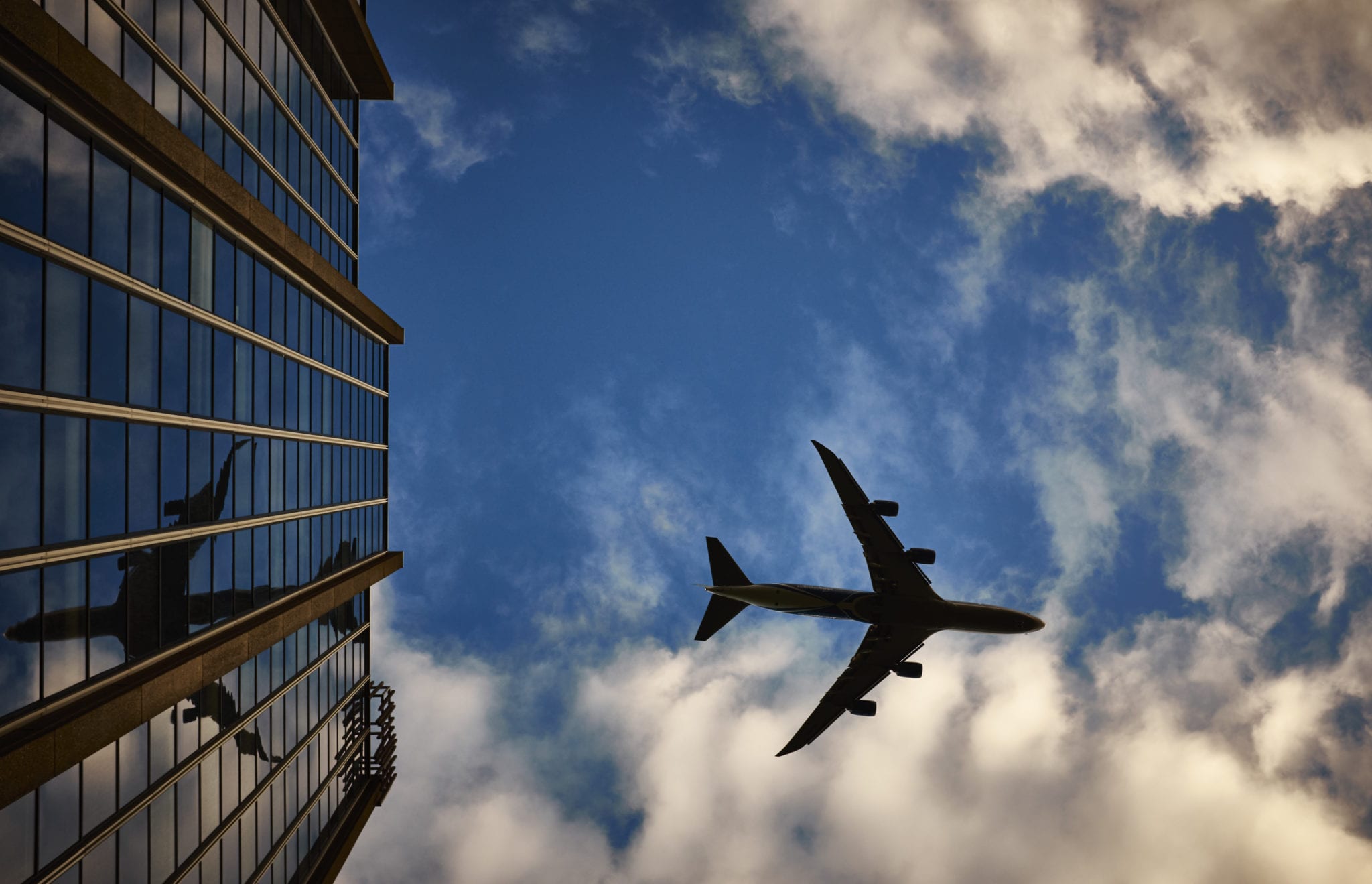
Back in January, the Department of Homeland Security restricted airplane travel from countries that are on the restricted travel list to one of 15 airports in the United States. Starting on September 14, 2020, travelers that are exempt from the travel ban will no longer be restricted to land in one of these 15 airports. Travelers who are permitted to enter the United States despite having been physically present in one of the COVID-19 banned countries are now permitted to fly into any U.S. international airport and may undergo a more minimal public health screening.
Travelers who are permitted to enter the country are listed below:
- U.S. citizens;
- Lawful permanent residents;
- The spouse of a U.S. citizen or lawful permanent resident;
- The parent or legal guardian of a U.S. citizen or permanent resident, if the U.S. citizen or permanent resident is unmarried and under the age of 21;
- The sibling of a U.S. citizen or lawful permanent resident, provided that both are unmarried and under the age of 21;
- The child, foster child, or ward of a U.S. citizen or lawful permanent resident, or who is a prospective adoptee seeking to enter the United States pursuant to the IR-4 or IH-4 visa classifications;
- A foreign national traveling at the invitation of the U.S. government for a purpose related to containment or mitigation of the virus;
- Nonimmigrant crewmembers;
- Foreign nationals seeking entry or transiting the United States under an A-1, A-2, C-2, C-3, G-1, G-2, G-3, G-4, NATO-1 through NATO-4 or NATO-6 visa;
- A foreign national whose entry would not pose a significant risk of transmitting the virus, as determined by the Centers for Disease Control; and
- A foreign national whose entry would further important U.S. law enforcement interests or would be in the U.S. national interest.
This change will make international travel easier however this does not lift the travel ban currently still in place. Visa holders living in one of the banned countries must apply for a national interest exception before travelling.